Please note: In October 2020, we updated the DXOMARK Camera test protocol. Version 4 now includes image preview tests and a wide range of new test scenes as part of our new trustability evaluation which measures the camera’s ability to deliver consistent still image and video quality across all shooting scenarios. We have retested this device using the new version 4 of the test protocol and produced this completely updated review. For more information, please see our article about preview, trustability and other version 4 updates of the DXOMARK Camera test protocol.
Launched in April 2020, the iPhone SE (2020) is Apple’s second-generation update of their smaller, cheaper, and popular SE smartphone. It features a 4.7-inch LCD display with IPS technology, and the handset is IP67-rated for splash, dust, and water resistance. It’s not short on power, thanks to Apple’s latest A13 Bionic chip under the hood; it’s available in 64/128/256GB fixed storage capacities, and has a battery that lasts for around 13 hours of video playback.
The rear camera offers a single 12 MP sensor linked to a f/1.8-aperture lens with phase-detection autofocus (PDAF) and optical image stabilization (OIS). There’s no dedicated ultra-wide, bokeh, or zoom cameras, but the iPhone SE offers a 5x digital zoom, and a portrait mode with “advanced bokeh and depth control.” Other features include a True Tone LED flash with slow sync and red-eye correction, lighting controls with six effects, Smart HDR processing, and JPEG as well as Apple’s own space-saving HEIF image format.
For video, the device offers 4K capture at 24/30/60 fps, as well as slo-mo 1080p footage at either 120 or 240 fps. HDR processing is available on video capture up to 30 fps, and you can snap 8K stills while recording 4K video, or capture a time lapse video with stabilization. Video formats include both HEVC and H.264.
Read on to find out how the Apple iPhone SE (2020) performed under the brand-new version 4 of the DXOMARK Camera test protocol.
Update summary
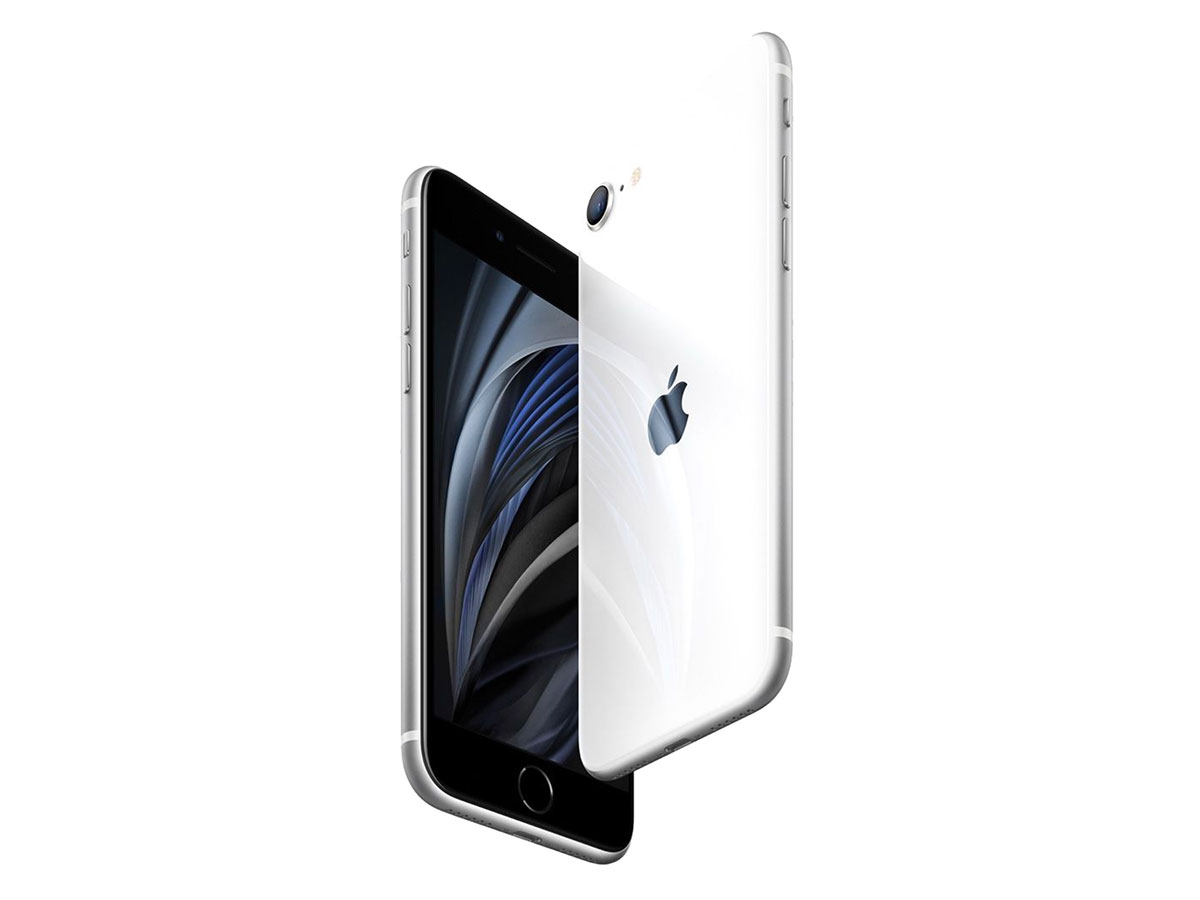
Apple iPhone SE (2020)


Achieving an updated DXOMARK Camera score of 103, Apple’s iPhone SE (2020) improves on its previous score, but remains in the lower half of devices tested under our new protocol. With a Photo score of 108, that ranking holds true across most of our individual test categories, with a couple of notable exceptions. Exposure is mostly accurate, and although dynamic range can be a little limited in high-contrast scenes, it’s mainly acceptable. Similarly, color is generally good, although slight color casts are evident in most conditions, and stronger white balance and color rendering irregularities occur both indoors and in low light.
Autofocus performance remains one of the device’s best attributes, where the iPhone SE (2020) achieves close to the top score thanks to its fast, accurate, and repeatable focusing in all conditions. Texture is good in outdoor images, too, but not outstanding, with low detail evident in indoor and low-light images. Visible noise in all tested conditions is a notable weakness for the iPhone SE (2020), however, and it posts a very low score in this area.
The phone has a middling performance in our night photography evaluation, too. Flash-auto portraits display acceptable exposure, color, and detail on the subject itself, but limited dynamic range means backgrounds are usually underexposed and the results are a bit underwhelming overall. Low-light cityscapes are also a little disappointing. Despite reasonable exposure and color, low detail, ghosting artifacts, as well as very visible noise reduce the overall quality of nightscapes. The device achieves a low ranking for bokeh quality, too, due to inconsistent activation, as well as depth estimation errors and rendering irregularities.
A score of 23 positions the iPhone SE (2020) very low down in our database of Zoom performance. As it’s not possible to capture ultra-wide shots, it posts no score in this category and the device has low capabilities for zoom shots that increase the focal length. It’s best at close range, but as you push magnification further, detail is low in the resulting images, with a coarse noise effect and ringing artifacts also very visible.
The iPhone SE (2020) fares better in our video analysis, where its Video score of 105 is much closer to devices in the top half of our database. Video exposure is a strength, with extended dynamic range outdoors and good brightness indoors. Slight exposure adaptation issues are occasionally visible, and target exposure can be low in low-light conditions, but in good to fair lighting, video exposure is generally pleasing. Video color is usually pleasant, too, particularly outdoors, but warm white balance casts are often visible in all tested conditions. Video autofocus isn’t quite as successful as we observed with stills, and although convergence is often fast, slight refocusing irregularities are often visible.
Video detail is high outdoors, as you can see in the face in the outdoor video below. Noise in low light is again major weakness, however. Temporal noise is very visible on flat areas, which is especially problematic in indoor and low-light conditions, and some noise is usually evident in all conditions. Stabilization is acceptable in static videos, but not very effective while walking, where some residual motion and jello effects are often visible. Flare and judder artifacts aren’t uncommon in videos either.
Preview
The iPhone SE (2020) performed reasonably well overall in our new preview category. It’s not quite as accomplished as the iPhone 11 Pro Max, which is currently our top device for preview, but its score of 57 puts the iPhone SE (2020) in joint third place alongside the Samsung Galaxy S20 Ultra. There is some evidence of live HDR processing on the iPhone SE (2020) preview feed, so highlights are reasonably well controlled in high-contrast conditions, with some detail in bright skies, for example. On the other hand, HDR processing and target exposures tend to be more successful in the final image, so what you see in preview is not exactly what you get. It’s better in well-balanced lighting conditions, where there’s good similarity for exposure between preview and capture.
In our analysis of zoom smoothness, the iPhone SE (2020) offers stable performance with smooth exposure and white balance adaptation using pinch zoom. Of course with only one camera, it’s easier for the Apple device to achieve this, so there are no frame jumps or exposure and color irregularities that can be difficult to handle on devices that have to switch lenses while zooming.
Apple iPhone SE 2020 camera review (originally published June 26, 2020)
Launched in April 2020, the iPhone SE (2020) is Apple’s second-generation update to their smaller, cheaper, and popular SE smartphone. Although slightly larger and heavier than the original SE, it remains diminutive compared to most new smartphones, featuring a 4.7-inch LCD display with IPS technology and 1334×750 pixel resolution.
It’s not short on power, though, thanks to Apple’s latest A13 Bionic chip under the hood; and the new iPhone SE is available in 64/128/256GB fixed storage capacities. It’s also IP67-rated for splash, dust, and water resistance, and Apple says the battery lasts “around” the same as for the iPhone 8, which offers 13 hours of video playback.
For photography, the rear camera offers a single 12MP camera with a f/1.8-aperture lens. The lens features PDAF autofocus and optical image stabilization (OIS). A single camera setup means there’s no dedicated ultra-wide, bokeh, or zoom cameras, but the iPhone SE offers a 5x digital zoom, and a portrait mode with “advanced bokeh and depth control.” Other features include a True Tone LED flash with slow sync and red-eye correction, lighting controls with six effects, Smart HDR processing, and JPEG as well as Apple’s own space-saving HEIF image format.
For video, the device offers 4K capture at 24/30/60fps, as well as slo-mo 1080p footage at either 120 or 240fps. HDR processing is available on video capture up to 30fps, and you can snap 8K stills while recording 4K video, or capture a time lapse video with stabilization. Video formats include both HEVC and H.264.
Key camera specifications:
- Single camera device
- 12MP sensor
- f/1.8-aperture lens
- PDAF autofocus
- Optical image stabilization
- 5x digital zoom
- HEIF and JPEG formats
About DXOMARK Camera tests: For scoring and analysis in our smartphone camera reviews, DXOMARK engineers capture and evaluate over 1600 test images and more than 2 hours of video both in controlled lab environments and in natural indoor and outdoor scenes, using the camera’s default settings. This article is designed to highlight the most important results of our testing. For more information about the DXOMARK Camera test protocol, click here. More details on how we score smartphone cameras are available here.
Test summary
Achieving an overall DXOMARK Camera score of 101, the Apple iPhone SE (2020) places near the center of our smartphone image quality database. While the budget-friendly Apple device offers comparable quality in many respects to the more expensive iPhone 11, its single camera setup falls short for zoom and bokeh shots compared to our top performers. The lack of an ultra-wide camera is also a disadvantage and is the main difference between it and the iPhone 11.
With a Photo score of 103, the new iPhone SE’s camera does a good job for exposure and color, which are its main strengths. Detail is well preserved in outdoor shots, too.
Exposures are good in most lighting conditions, and excellent dynamic range ensures that high-contrast scenes are nicely exposed, with well-controlled highlights and good recovery of darker areas. Exposure drops off noticeably in low light, however, and although the flash improves detail and exposure in night portraits, generally low exposure and detail, along with high noise, means the iPhone SE (2020) isn’t meant for avid night photography enthusiasts.
A single-camera device is something of a rare beast in the current smartphone market, and the lack of a dedicated depth sensor or tele-lens really starts to show in bokeh and zoom shots.
Shooting in portrait mode, the SE struggles with depth estimation and often blurs objects connected to the subject. Edge artifacts around complex areas such as hair or hands are often visible, too, and the bokeh effect occasionally fails to activate when requested. It’s more successful with simple portraits when the subject is large in the frame, where a subtle but pleasant depth-of-field effect, with well-controlled noise, can make for some nice results.
Detail in the iPhone SE’s zoom shots is low, too. It’s best with just a small amount of pinch zoom in outdoor or bright light conditions, and exposure and color generally hold up very well in zoom shots, too. A significant loss of detail, as well as a noticeable increase in artifacts such as aliasing, ringing, and moiré, occurs when you start pushing the magnification further, with results a long ways behind the top-ranked devices in our database.
Tested and scored at its 4K/30fps setting (which offers the best results), the iPhone SE (2020) is a capable device for video. Video exposure is generally very good, controlling both shadows and highlights well. Color is also very pleasant in most conditions, but underexposure in low light can make color saturation a little flat. The SE avoids seriously distracting color casts, too, but slight white balance inconsistencies are evident under artificial lighting.
The iPhone SE’s 4K capture offers decent detail, particularly in bright light, but it’s not quite as consistent as some of the best 4K devices we’ve tested, with texture rendering dropping off a little indoors, and more noticeably in low light. Noise is well controlled in videos, though, unless you’re shooting in exceptionally dark conditions. Video autofocus is also quick on static subjects, but autofocus tracking could be improved; and although stabilization isn’t perfect, with some global motion evident in static, panning, and walking videos, it’s not terrible.
Photo scores explained
The Apple iPhone SE (2020) achieves a Photo score of 103, matching older devices such as the Google Pixel 3. Image quality is broadly similar to the iPhone 11 when comparing shots from their respective main cameras. With no dedicated ultra-wide, zoom, or bokeh cameras on the SE, Apple’s latest device is at a disadvantage compared to multi-camera phones. In this section, we take a closer look at how each sub-score was determined and compare the iPhone SE (2020)’s image quality against the Apple iPhone 11 and the Google Pixel 3.

Exposure and Contrast
Apple iPhone SE (2020)
90
111
The iPhone SE (2020) achieves a good score for exposure and contrast, which is one of the device’s main strengths. Target exposures are accurate in most lighting conditions and performance is consistent. In our lab analysis we found contrast to be generally excellent, with bright target exposures in simulated indoor and outdoor lighting. It’s not as good in low light as the best performers, however, with some obvious underexposure in very low light.
In our perceptual analysis, the iPhone SE (2020) achieved good scores for indoor and outdoor images. Dynamic range is very wide, and in challenging high-contrast scenes images show good detail in both the highlights and shadows. In this example, you can see the iPhone SE (2020) captures a brighter exposure in the darker areas compared to the iPhone 11 and the Pixel 3, while still maintaining excellent detail in the sky.
Indoors, target exposures remain accurate in most examples and dynamic range is good when there are no people in the picture. And when it detects a face, the iPhone SE (2020) adjusts its target exposure to accurately expose for the subject. So the subject is well exposed in our challenging backlit portrait test, which is great, but dynamic range is limited in this instance and highlight detail in the sky is blown out. Both the iPhone SE and the iPhone produced a more satisfactory picture in this test compared to the Pixel 3, which underexposes the subject.

Color
Apple iPhone SE (2020)
84
107
Color is a nice strength for the iPhone SE (2020), and particularly in outdoor images, color rendering is always pleasant. White balance is slightly warmer in outdoor images compared to those from the iPhone 11, which often display a slight cold or blue color cast; and as a result, colors generally feel a little richer and more pleasing on the SE.
Good color indoors ensures excellent scores for the iPhone SE (2020) in our perceptual analysis for white balance, color rendering, and color uniformity. Even under simulated low-light conditions in the lab, the iPhone SE (2020) maintained accurate white balance and accurate color rendering under a range of artificial light sources.

Autofocus
Apple iPhone SE (2020)
96
109
Autofocus on the Apple iPhone SE (2020) is fast, but our testers encountered some failures in high-contrast or backlit conditions that resulted in out-of-focus images.
In our benchmark lab testing where we defocus the device between shots and leave a short (500ms) or long (2000ms) delay before requesting focus, the iPhone SE performed well, with fast and accurate performance under simulated indoor and outdoor lighting conditions.
In low-light conditions, results were a little mixed but acceptable. Autofocus continued to be very fast in low light, which is great, but the level of measured acutance varied a little bit when leaving only a short delay between shots. All pictures were in sharp focus, so we found no major concerns in the lab, but consistency could be improved for those short-delay shots in low light. Sharpness was more consistent after a long delay, and again, autofocus was quick, but oversharpening is evident in low-light shots, too.
We deducted points from the autofocus score in our perceptual analysis due to failures in high-contrast conditions, however, where pictures were sometimes completely out of focus.

Texture
Apple iPhone SE (2020)
73
111

Noise
Apple iPhone SE (2020)
70
102
Overall, the texture-versus-noise tradeoff isn’t a key strength for the iPhone SE (2020), especially when compared to top-performing devices with higher-resolution sensors and pixel-binning signal processing. The iPhone SE achieved good results in our lab measurements in all lighting conditions when using a tripod for support, and although the less expensive device isn’t quite as consistent as the iPhone 11 as the light levels dip, it’s not far off.
In our perceptual analysis of outdoor images, detail from the 12MP sensor is acceptable and consistent with the iPhone 11 and the Pixel 3. You can see in this example that edge detail on the railings holds up ok, but very fine details in the leaves of the tree are lost. Some noise is usually visible in darker areas even in outdoor images, too, and although it’s not quite as obvious on the iPhone SE compared to the Pixel 3, those areas of uniform color aren’t as clean as we’d expect from top-performing devices.
Similarly, measurements for visual noise are broadly consistent among our three compared devices, with well-controlled results down to low light at 20 lux and a sharp increase in noise in very low light.
In this high-contrast indoor scene, a blotchy noise effect is visible in the darker areas and edges aren’t well defined. The iPhone 11 offers a very modest improvement, and although the Pixel 3 displays more noise, edge detail is sharper.
Although many of the image quality problems we look out for in our artifacts analysis were visible on the iPhone SE (2020), none were very serious. The main penalties we applied were for visible flare in strongly backlit images, maze or moiré patterns on high frequency areas, and ringing along contrast edges. Flare is only really obvious when shooting directly towards a bright light source, and even then it’s pretty well controlled, as it manages to avoid those large and unsightly vertical or horizontal streaks of light.
A visible loss of sharpness towards the edges is something to be aware of if you’re planning to print images, as detail is often much better in the center on iPhone SE (2020). Similarly, the ringing and maze and moire effects are really evident only at quite close inspection, but they will become more visible when displaying images at large scale or when making prints.

Zoom
Apple iPhone SE (2020)
33
The iPhone SE (2020) is not the device for you if you’re interested in high-quality zoom shots. With no dedicated tele-lens, the device instead applies a digital zoom to the already fairly low-resolution 12MP image, resulting in a noticeable deterioration of detail at all magnifications. As you’d expect, results are best at close range (~2x magnification), where detail holds up OK in outdoor lighting conditions and is just about acceptable in indoor shots; but there is a significant loss of detail in low light. Push the magnification further for medium range (~4x) and long range (~8x) zoom shots, and a further loss of detail is evident.
Together with the low detail, an increase in both noise and artifacts is visible in the SE’s medium- and long-range zoom shots. In all tested conditions, ringing and aliasing are often visible, together with a coarse noise effect on portraits or in darker areas.

Bokeh
Apple iPhone SE (2020)
40
80
Performance in Portrait mode is another area impacted by the iPhone SE (2020)’s single-camera setup. Although in many cases it does a respectable job of subject segmentation, significant errors occur on objects either connected to or on the same focal plane as the subject. The absence of a depth sensor means that the device struggles to apply a realistic blur gradient effect, so the same level of blur is applied to objects in the background regardless of their distance from the subject.
You can see in the example below that while the SE (2020)’s portrait is sharp, the wine glass and plate are blurred just like the background. Although not perfect, the Pixel 3 manages to keep these elements sharp. The iPhone SE also has some consistency problems with bokeh activation: when the subject isn’t very prominent in the frame, the effect is often not applied.
On the plus side, noise is uniform across blurred and sharp areas, and the depth-of-field effect is pleasant. It’s not one of the strongest blur effects we’ve seen, and bokeh spotlights are a little underwhelming, but it does an acceptable job when the portrait is quite large in the frame and not connected to other elements.

Night
Apple iPhone SE (2020)
48
82
The iPhone SE (2020) is also some ways down in our rankings for its night photography capabilities. Results are best using flash for night portraits, where flash exposure on portraits is fairly good and the level of detail is acceptable. Performance is a bit inconsistent, with the flash occasionally failing to activate when needed in auto-flash mode, and white balance can be slightly cold.
The iPhone SE (2020) avoids any serious white balance color casts, but skin tones and color saturation aren’t quite as pleasant as we observed on the Pixel 3. The main problem is dynamic range, however: with very limited ambient light captured when using the flash, backgrounds are often very dark, making the portrait look a little stark. Flash-off portraits in bright night conditions, such as under strong street lighting, can be more successful overall. Ghosting is often visible on moving elements without flash, but if you can get the subject to remain fairly still, the overall exposure is more pleasant, white balance is accurate, and colors are reasonably well saturated.
With no dedicated Night mode on the iPhone SE (2020), you’re relying on either its auto-flash or its flash-off mode for low-light cityscapes. Exposure is far from the best we’ve seen in these tests, with a slightly low target exposure and some highlight clipping evident in very bright lights. White balance is accurate and color rendering is OK, but detail is very low, with lots of noise visible. Night performance with the flash off is another area the iPhone 11 display a notable improvement over its inexpensive counterpart, thanks to improved detail and lower noise.
Video scores explained
A device’s overall Video score is derived from its performance and results across a range of tested attributes in the same way as the Photo score. Tested in its 4K/30fps mode, the iPhone SE (2020) achieved the following scores: Exposure (89), Color (89), Autofocus (88), Texture (70), Noise (78), Artifacts (84), and Stabilization (90). In this section, we take a closer look at the device’s strengths and weaknesses for video, with some comparisons against the iPhone 11 and Pixel 3.
Under benchmark testing in the lab, video target exposures on the iPhone SE are generally acceptable and very similar to the iPhone 11’s. Target exposures aren’t as bright compared to the Pixel 3’s, and the SE’s videos are slightly underexposed in low light, but these caveats aside, you can be confident of nice video exposure.
Wide dynamic range ensures highlights are well controlled in video captures of high-contrast scenes as well, which helped bolster the SE’s exposure score in our perceptual analysis. Exposure convergence and speed when transitioning between different lighting environments is pretty good, with our testers observing only minor oscillations and overshoots.
Video color is generally pleasant, too. Nice rendering with well-saturated hues and accurate color uniformity means you won’t have too many complaints. Slight white balance instabilities are evident, but the SE (2020) generally avoids serious color casts under artificial indoor lighting. Color isn’t quite as good in low light, however, where the underexposure affects saturation and makes the colors look a little muddy, and strong white balance casts are visible. So it’s better to seek out some nice outdoor or decent indoor lighting when shooting video on the iPhone SE (2020).
Texture and details are also pretty well preserved in the iPhone SE (2020)’s 4K videos, with results comparable to the iPhone 11’s for both indoor and outdoor videos. It’s best in very bright light (1000 lux), and although acceptable under indoor conditions (100 lux) at around 70% acutance, it’s not quite as good as the Pixel 3 or many recent 4K devices we’ve tested, which can maintain 80%+ acutance indoors. Details drops off significantly in the iPhone SE (2020)’s videos in very low light as well.
The same analysis bears out for noise performance, with well-controlled temporal and spatial noise in both indoor and outdoor videos.
Autofocus is a slight weakness for video on the iPhone SE (2020) due to relatively poor tracking capabilities, especially in low light. That issue aside, reaction times are generally quick and performance is reliable. We applied some penalty points for video artifacts that included frame rate instabilities, visible ringing, judder effects, as well as aliasing and moiré, but they are generally minor issues that don’t have a significant impact on the overall playback experience.
Stabilization isn’t perfect either, with some global motion in both static and walking videos, as well as some noticeable jello and a difference in sharpness between frames. That said, it’s far from the worst we’ve seen, and videos remain generally stable during scene changes and avoid any noticeable frame shifts or jumps.
Conclusion
Apple’s SE range is popular with consumers wedded to the Apple ecosystem who are looking for a physically smaller (not to mention less expensive) device. The second-generation model stays faithful to those principles; and although the 4.7-inch screen and single-camera setup are unusual in 2020, a power boost via the A13 chip, IP67-rated protection, and increased storage with a 256GB model, give the SE a much needed refresh.
The main camera is basically the same as before, though, with a single 12MP sensor for stills and 4K video. This said, signal processing technologies from the iPhone 11 have filtered down to the SE, and in many respects the SE offers comparable image quality to its pricier stablemate. Accordingly, the iPhone SE nails the basics, with generally excellent exposure and color, wide dynamic range, and pretty good detail. However, it’s not as good as the iPhone 11 in low light, doesn’t offer an ultra-wide camera, and its DXOMARK Camera ranking is affected by pretty poor zoom and bokeh capabilities.
Occasional camera-phone photographers shooting in reasonable light will be content, but if you’re after high-quality night, zoom, and bokeh shots, as well as the ability to capture a very wide field of view, you may be a little disappointed with the 2020 version of the Apple iPhone SE.
Photo
Pros
- Accurate exposure in most lighting
- Well-controlled dynamic range outdoors
- Vivid and pleasant color
- Good detail, especially outdoors
- Acceptable detail using flash
Cons
- Poor zoom at medium and long range
- Visible flare and ringing outdoors
- Underexposure in low light
- Low detail in low light
- Autofocus failures in difficult lighting
- Inconsistent bokeh performance
- High noise in night shots without flash
Video
Pros
- Accurate exposure and wide dynamic range
- Good details indoors and outdoors
- Well-controlled noise indoors and outdoors
- Pleasant color
Cons
- Stabilization errors while walking
- White balance instabilities indoors and outdoors
- Jerky autofocus tracking
- Visible judder


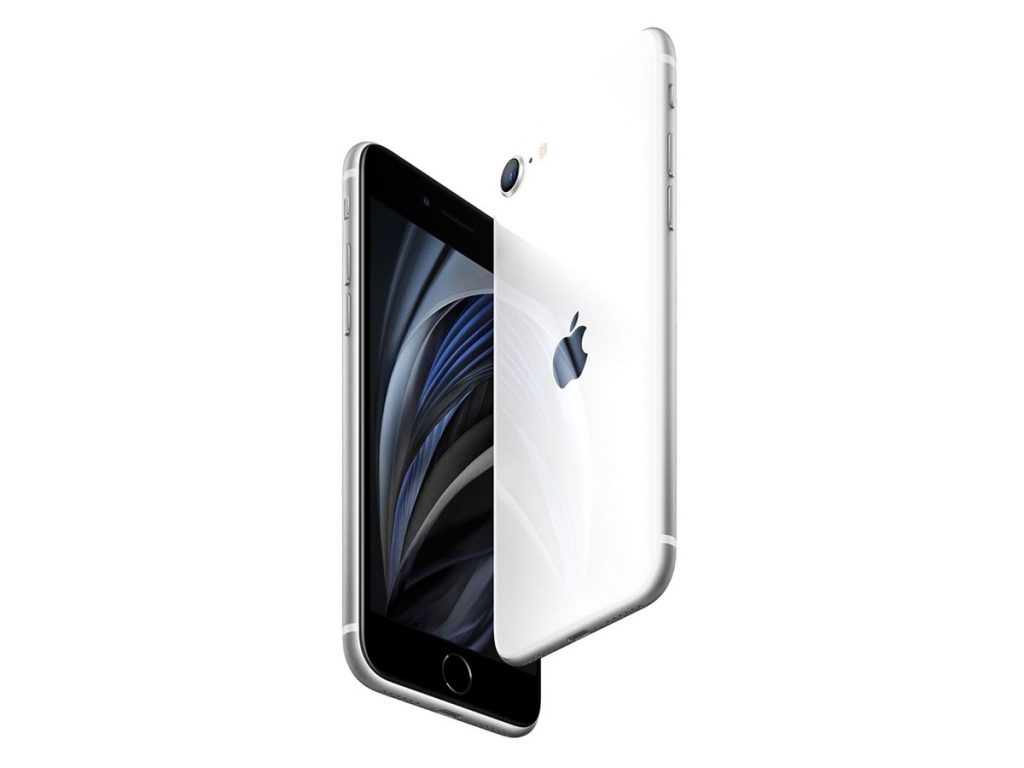


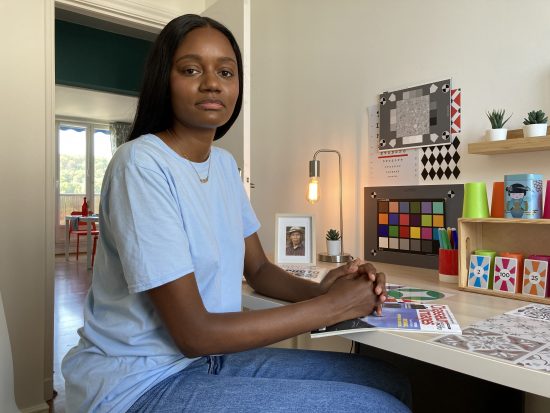

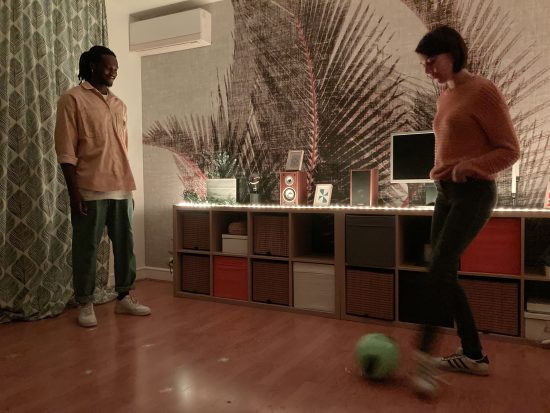
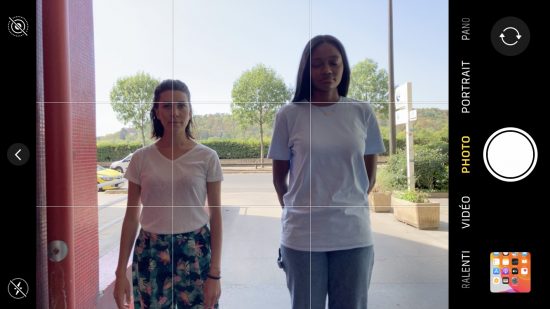
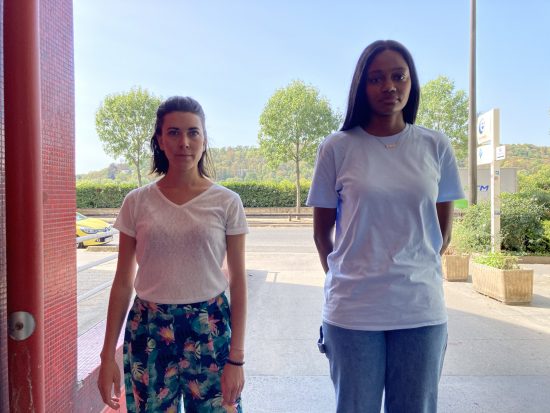
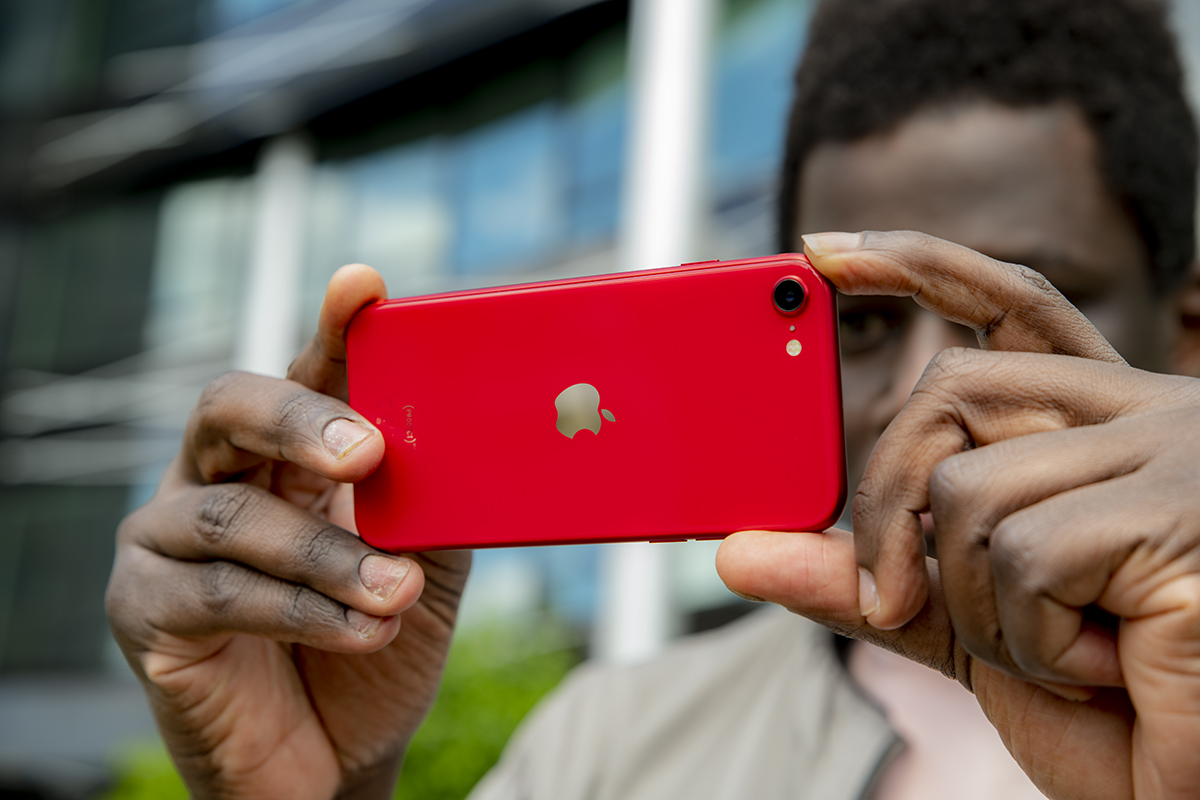
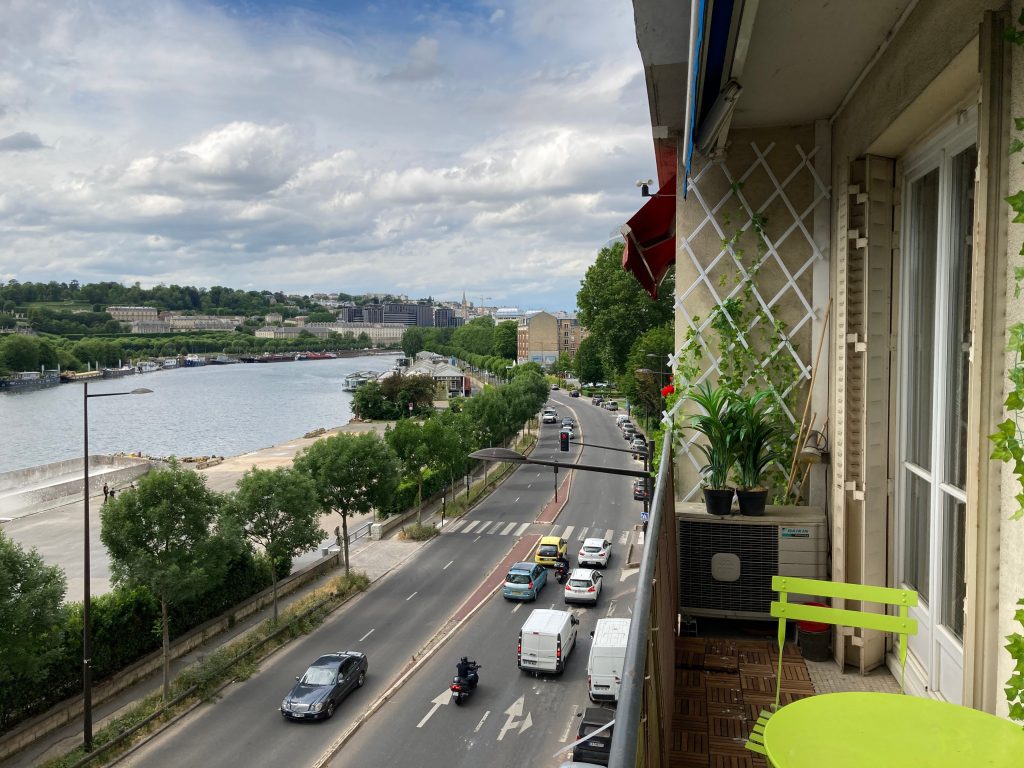
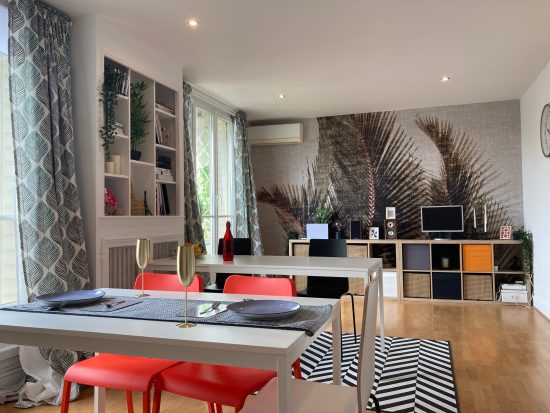
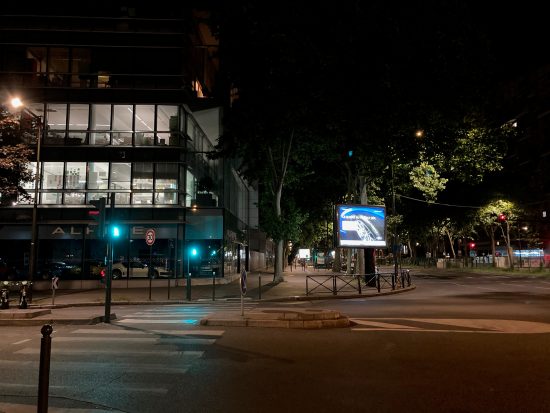



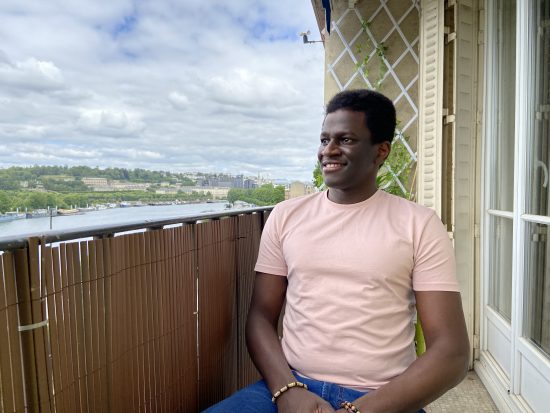
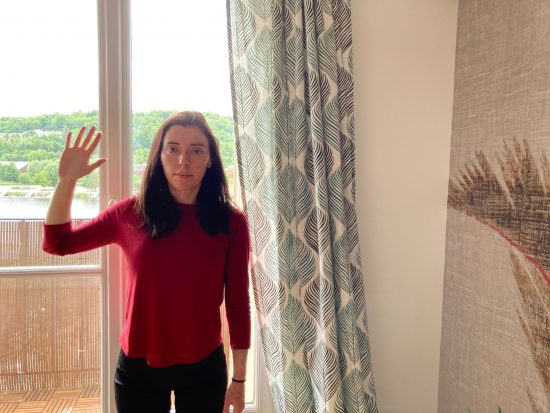
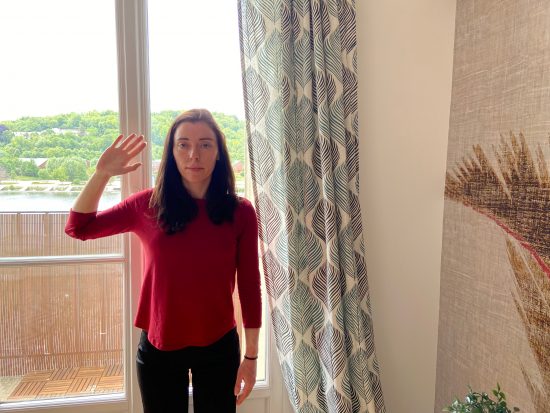
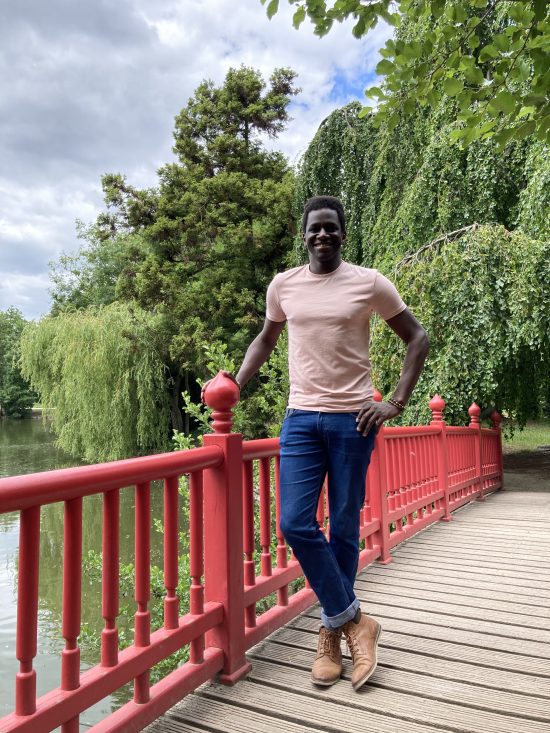
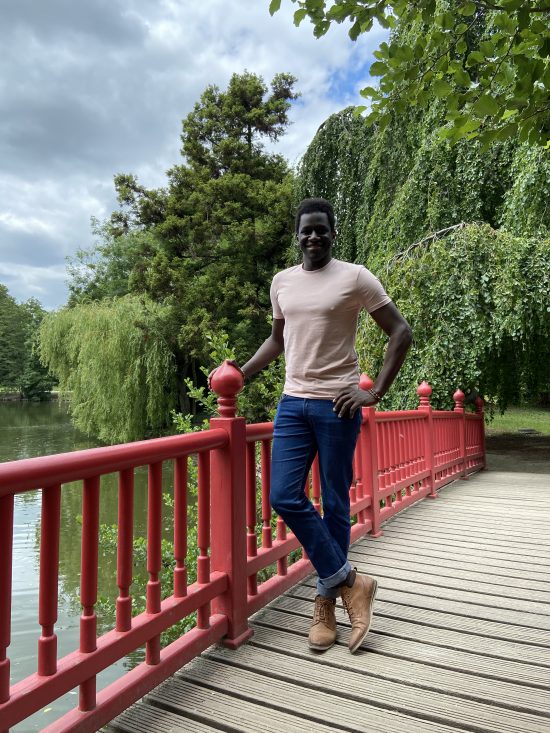


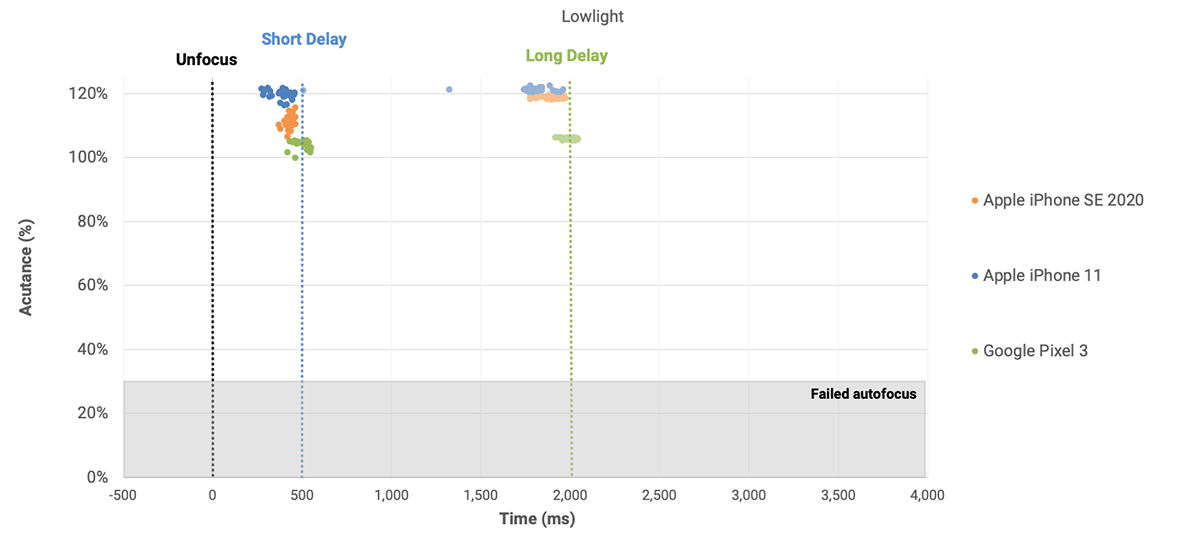
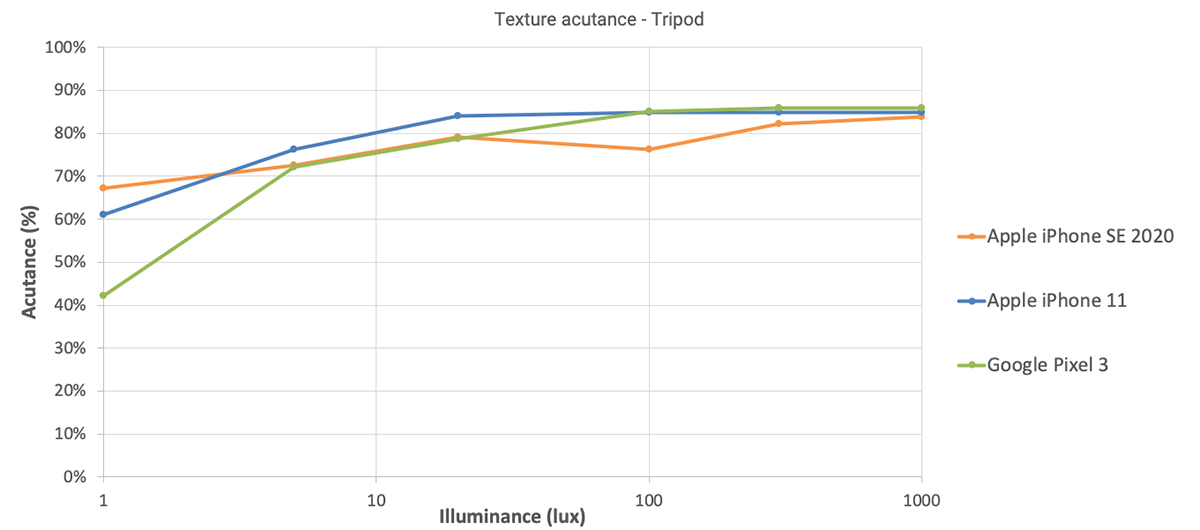
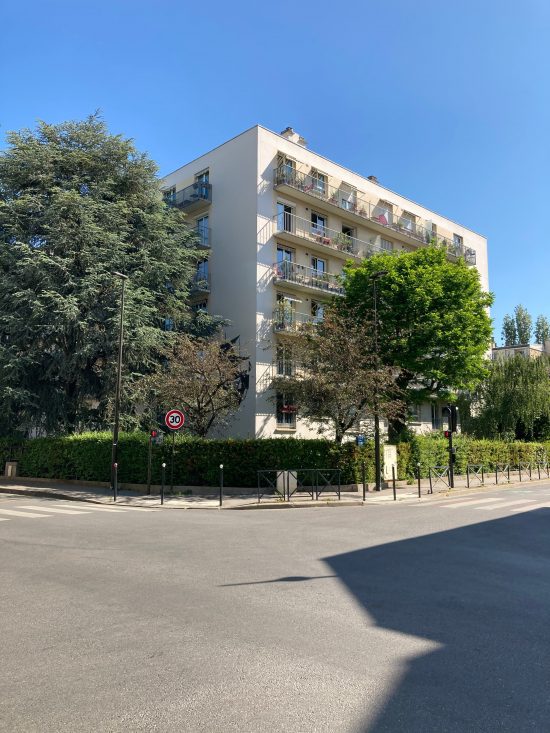
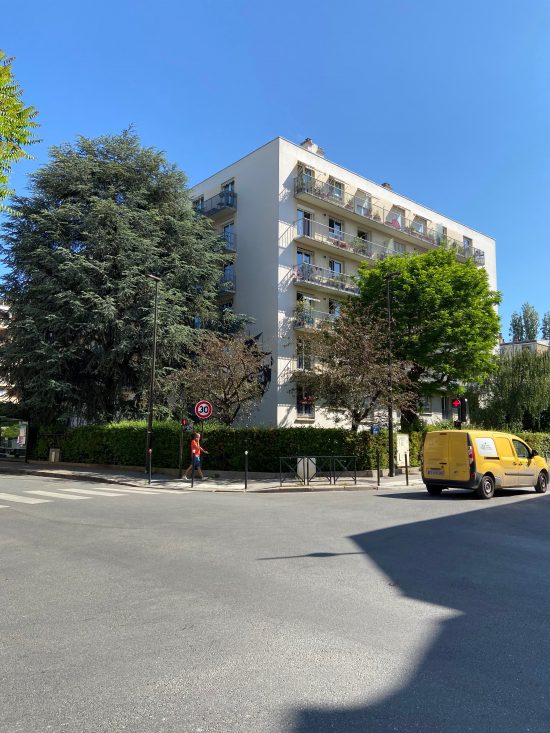
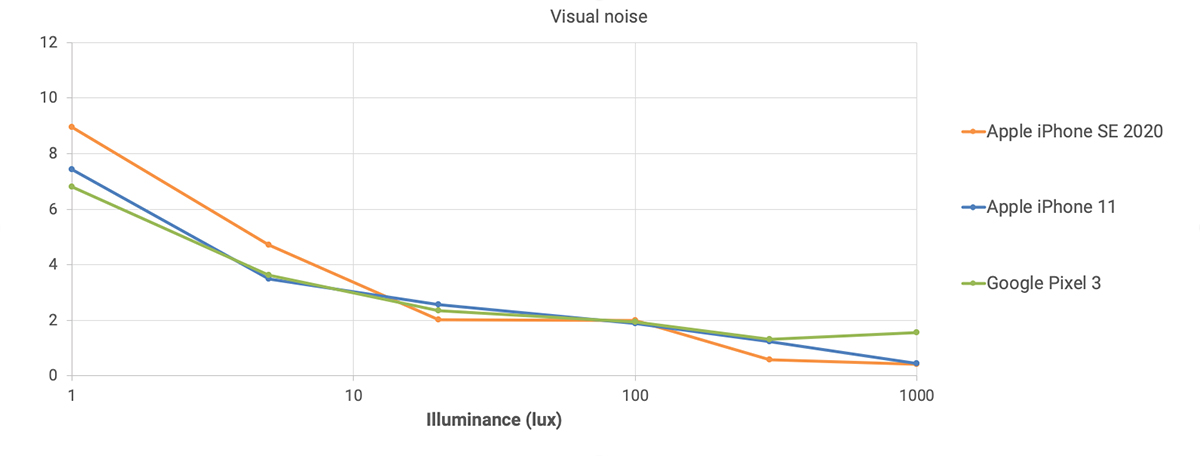
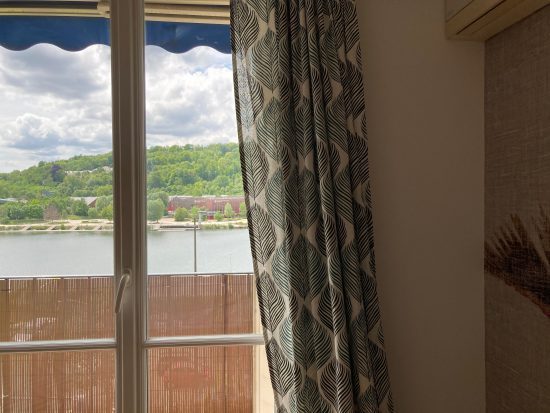
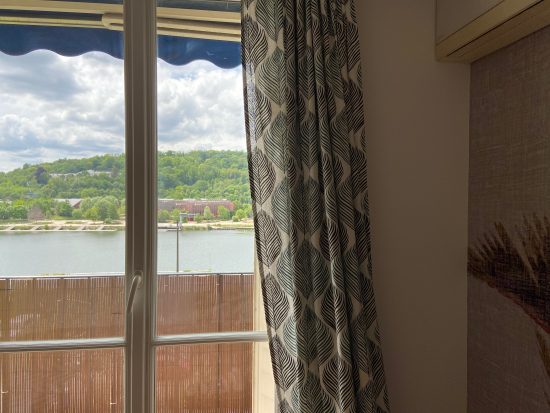

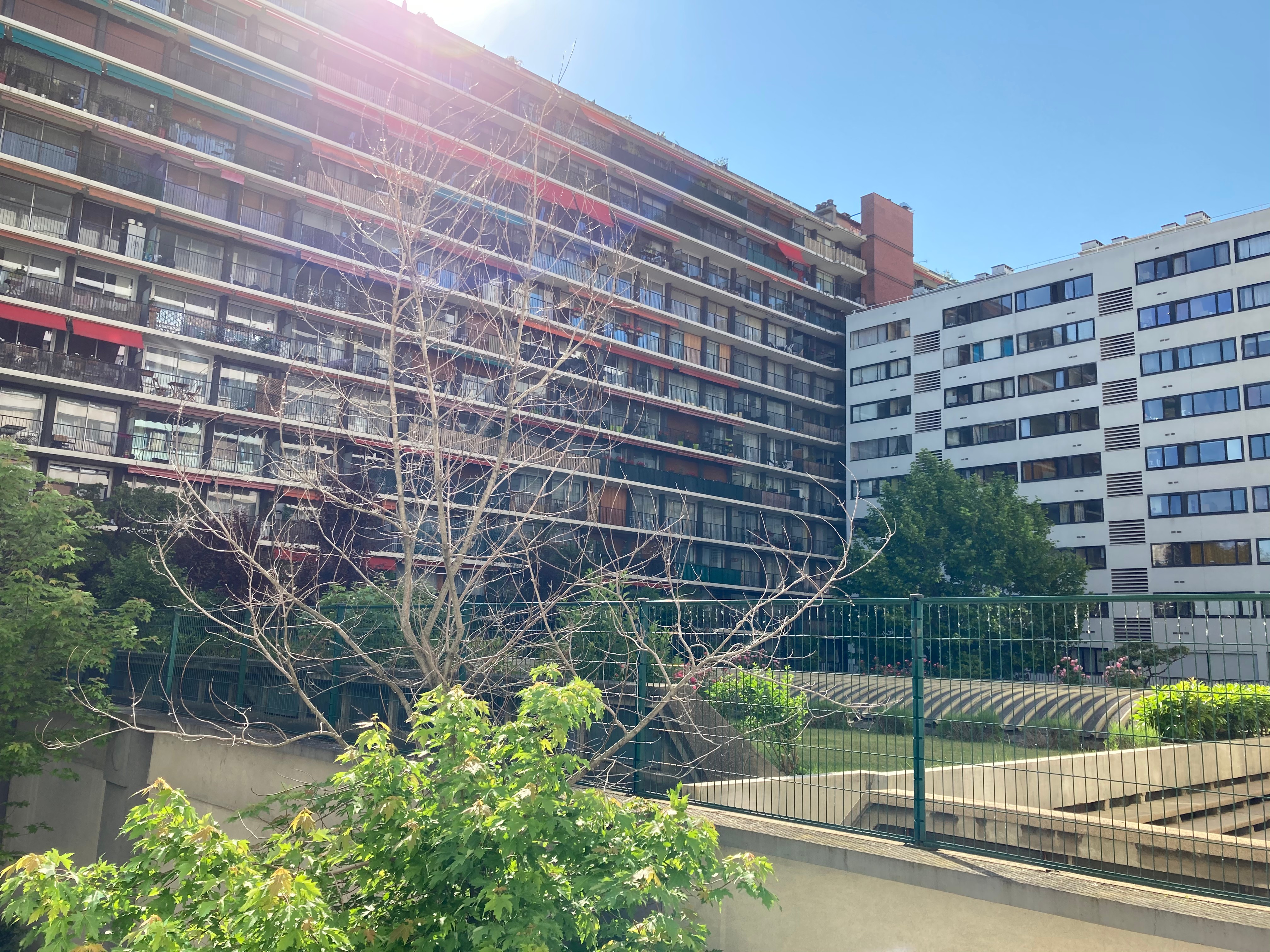
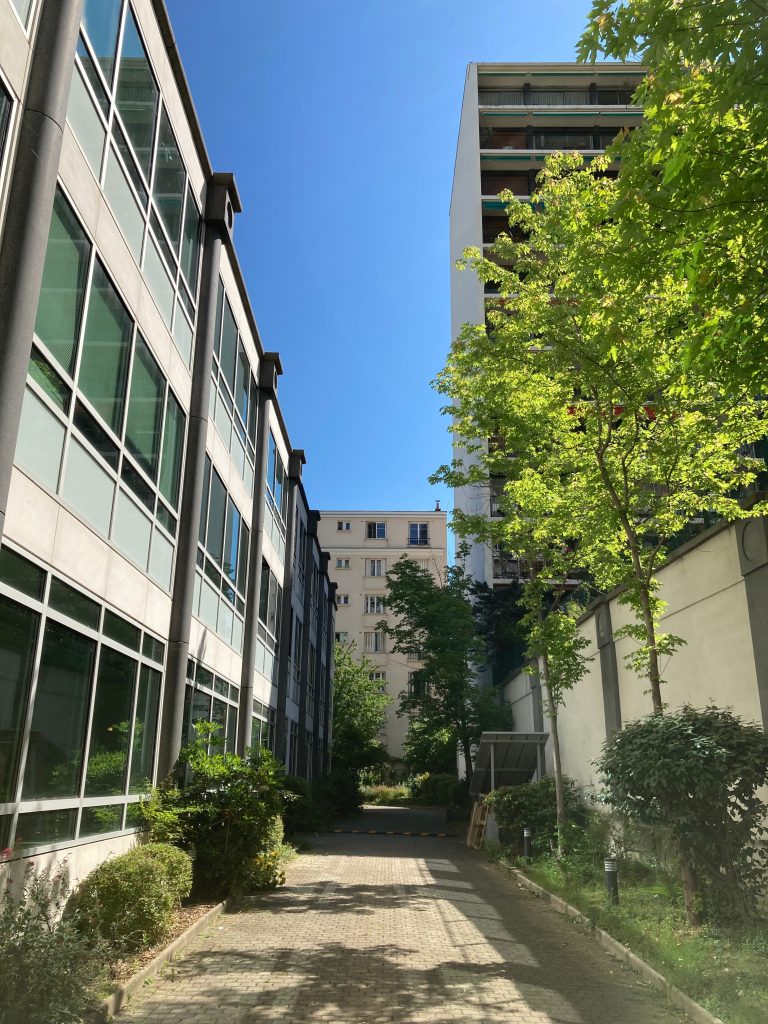
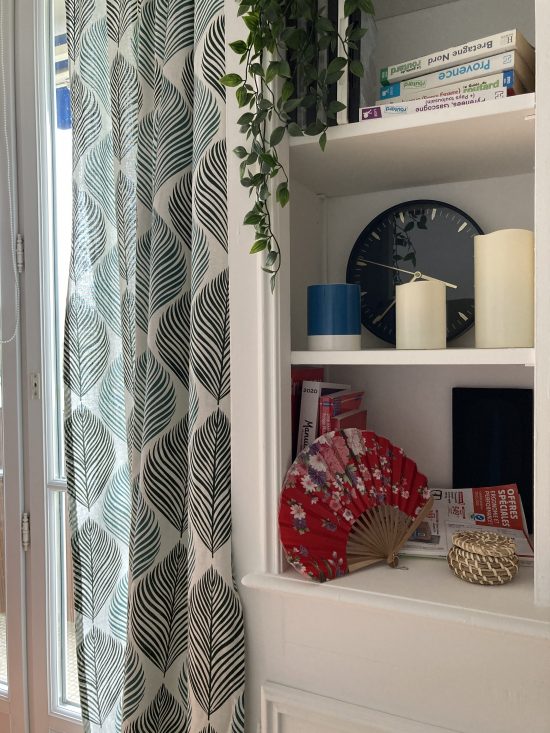
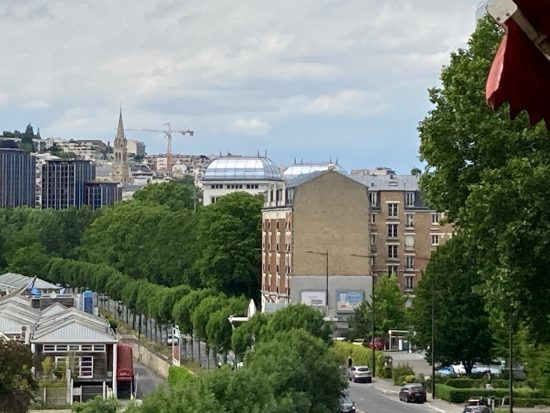
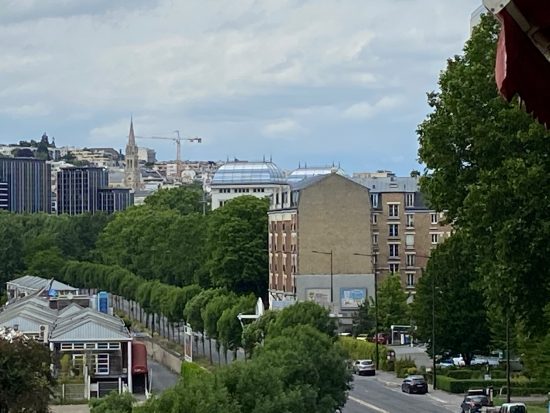
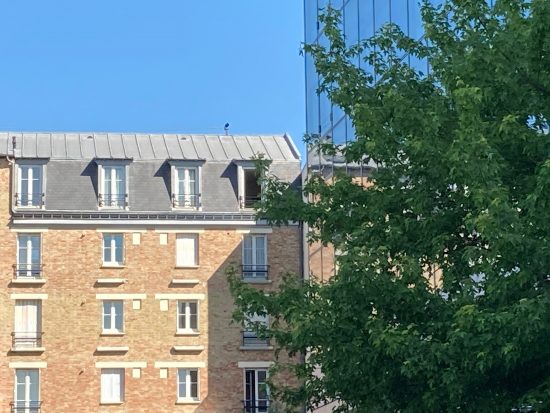
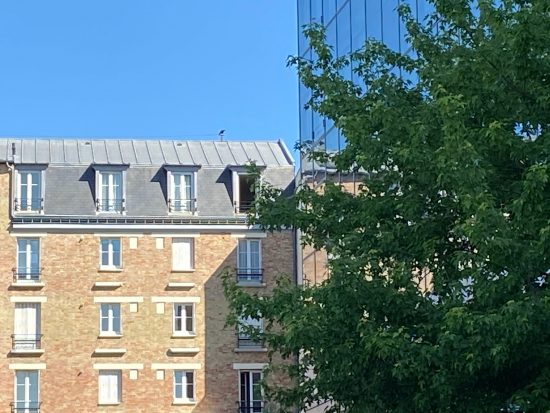
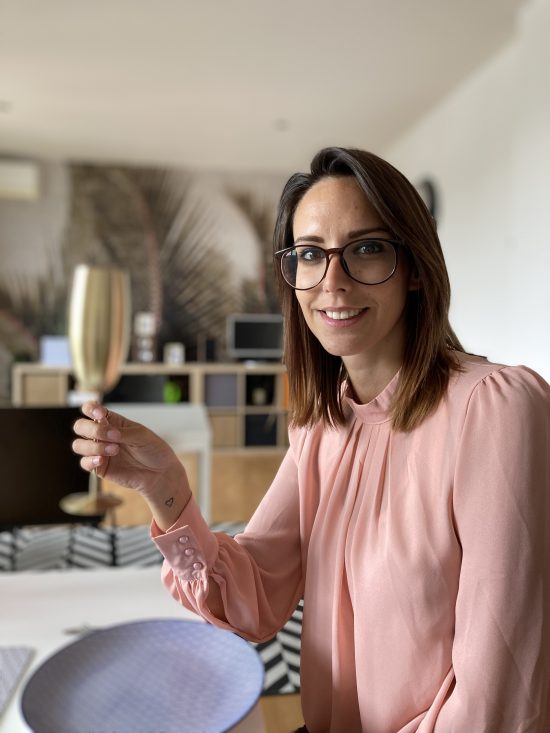

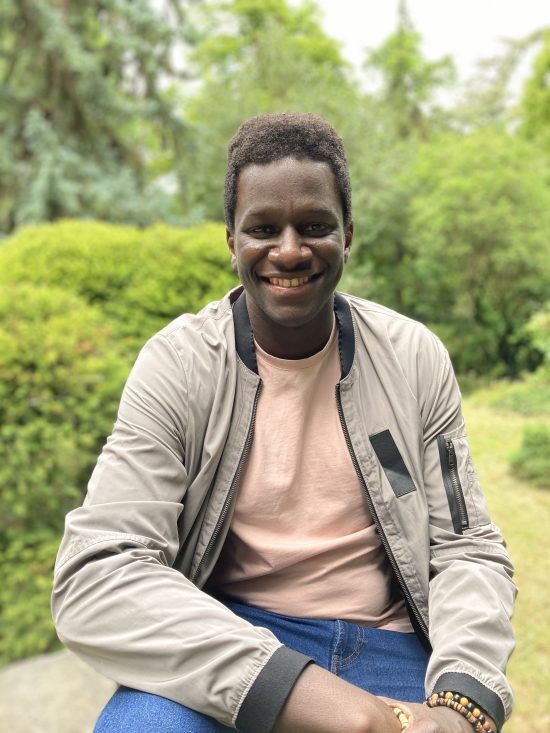
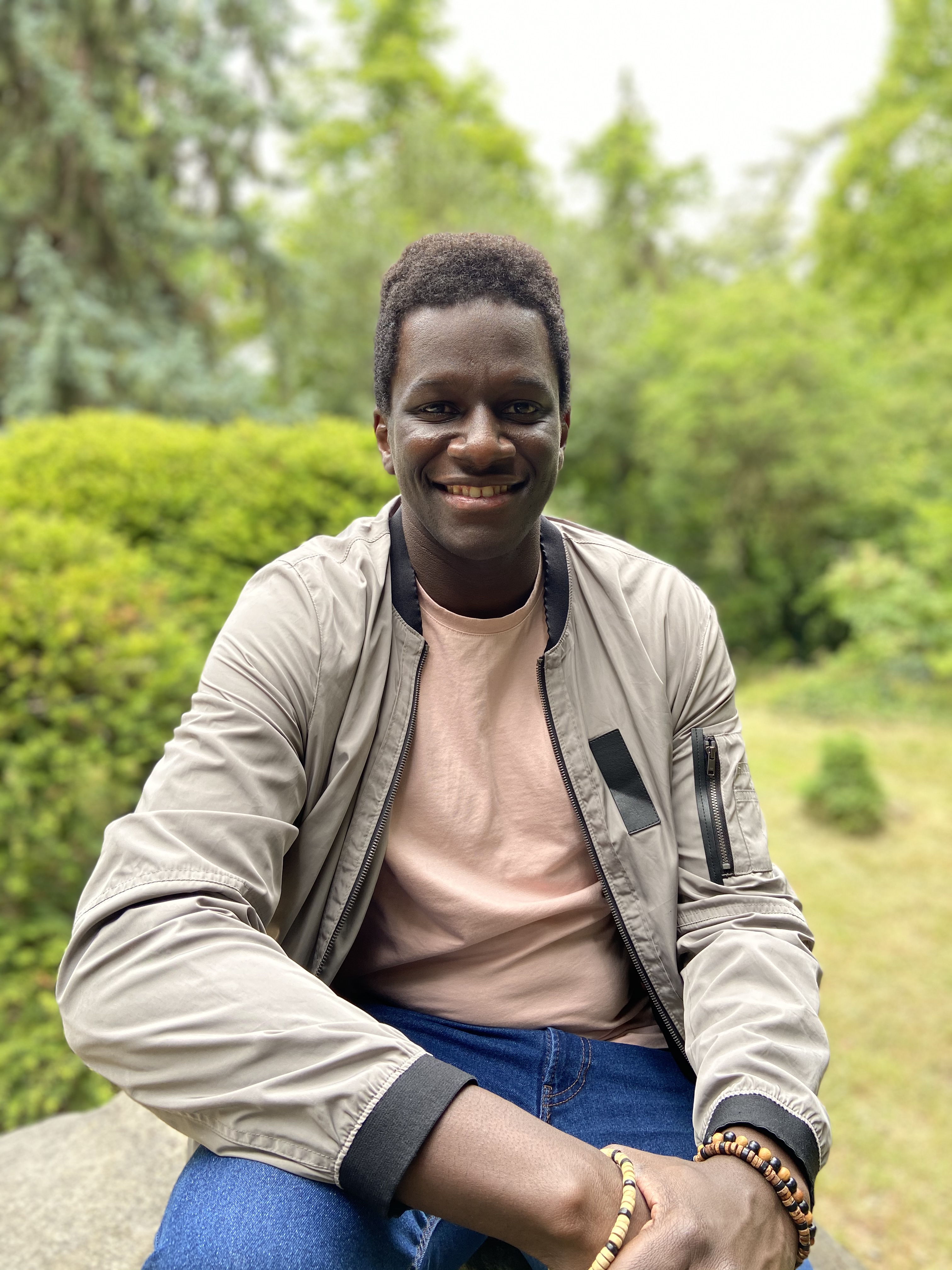


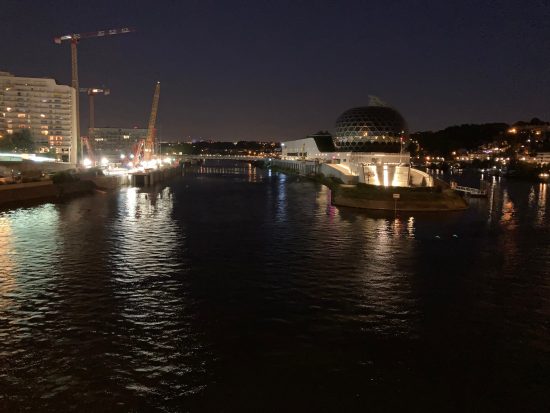
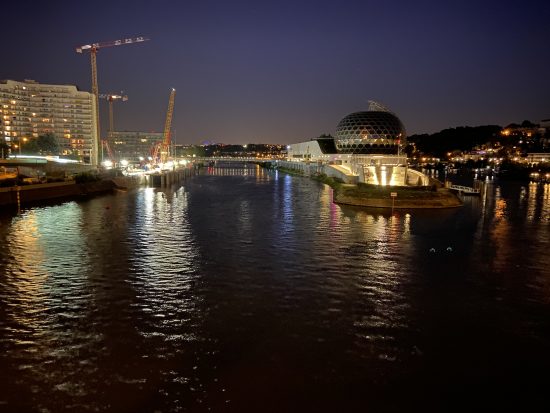

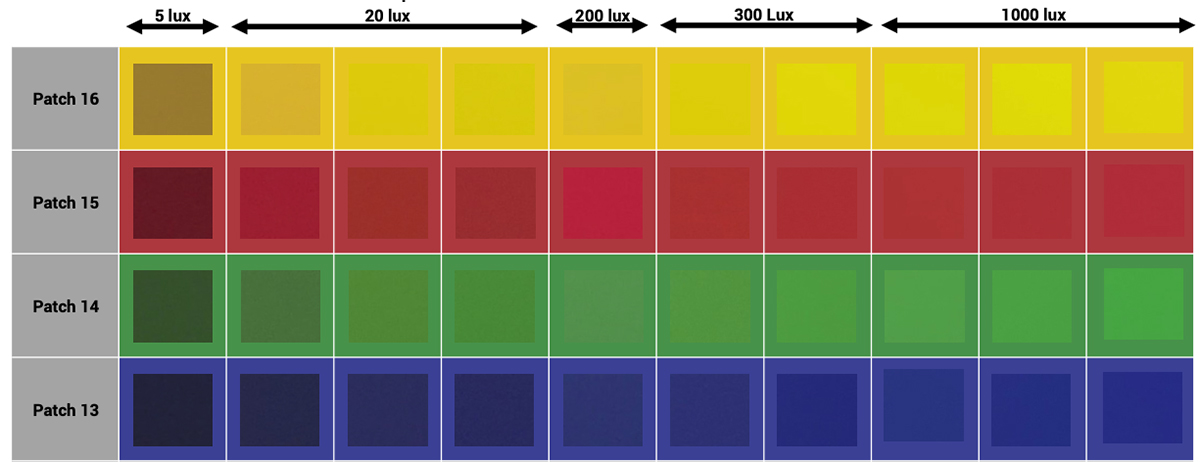

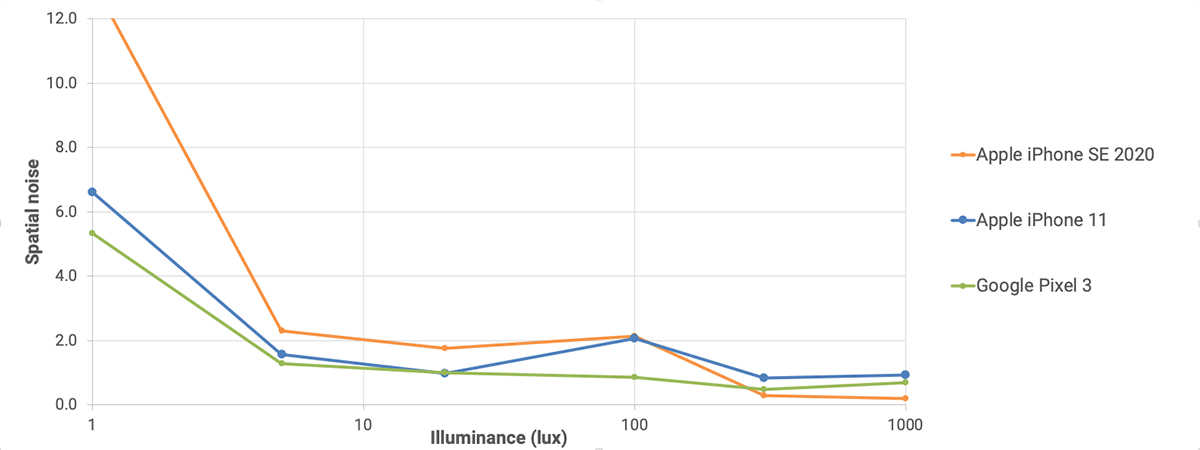
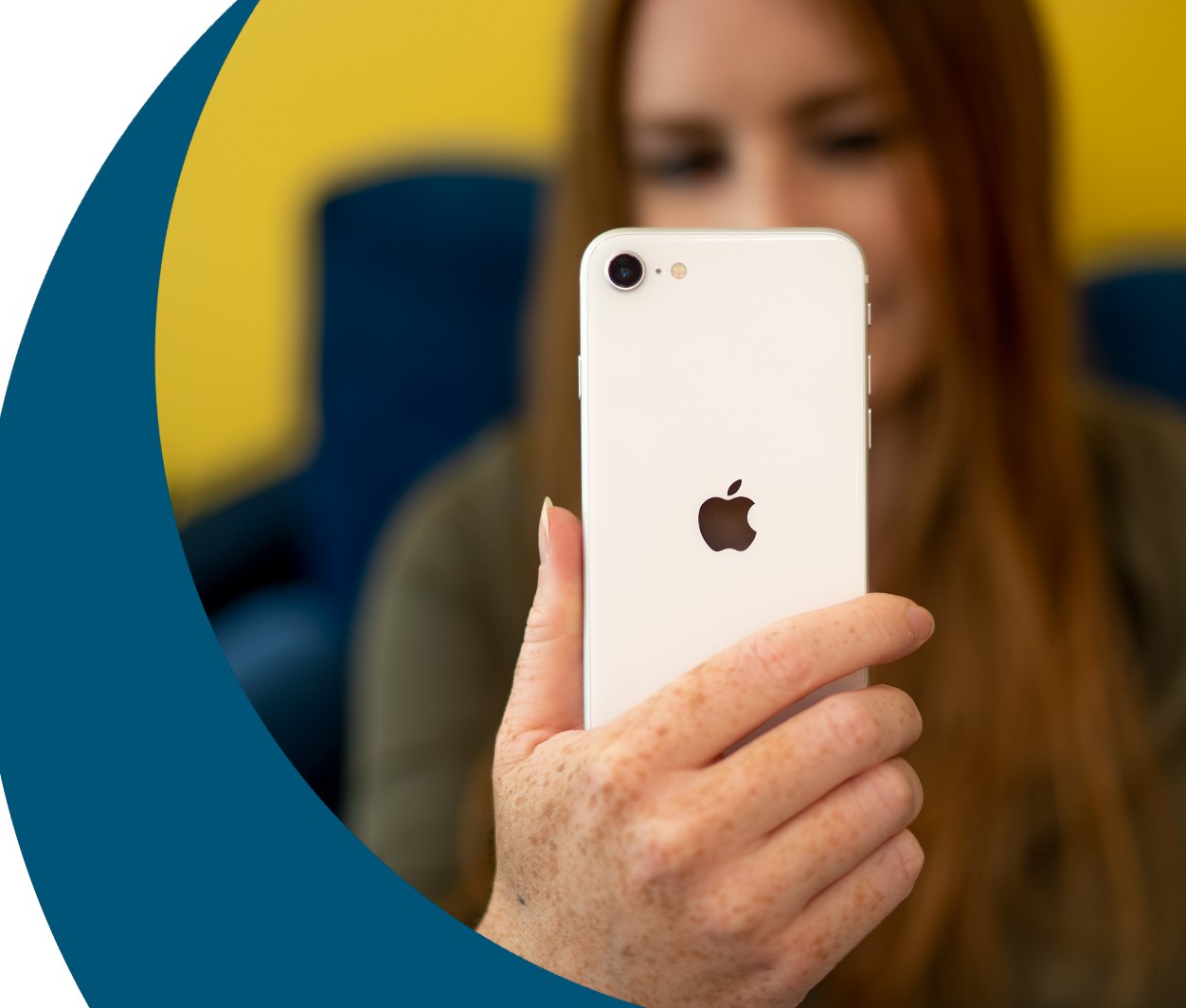
DXOMARK encourages its readers to share comments on the articles. To read or post comments, Disqus cookies are required. Change your Cookies Preferences and read more about our Comment Policy.